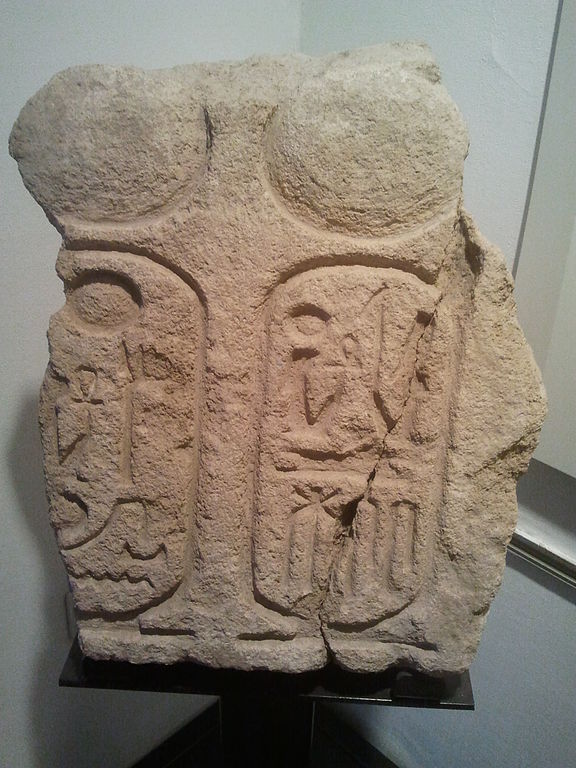<![CDATA[James Balm, an English archaeologist, has just struck it lucky for the second time in a row. A couple of months ago, he was lucky enough to find a stonework artifact dating back to the Vikings or the Anglo-Saxons among the items for sale in a collection of garden stones. He has now made a big time find by purchasing what could possibly turn out to be the personal cartouche (seal) of one of the most famous of the pharaohs of Egypt Ramesses II which could be around 3000 years old. He was lucky enough to buy the cartouche on a charity website for around £12 (approximately US$19) and, if the examination by experts currently underway pronounces it as genuine, it could be extremely valuable. It was customary in ancient Egypt for pharaohs and other leading members of the nobility to surround the hieroglyphs for their names with a design which is now known as the cartouche. It is rarely used for names of people who were not kings and is generally taken to identify the name it contains as the King of Egypt. The cartouche is a hieroglyph representing an oval rope which is folded and tied at one of its ends and symbolises a circle around the sun which indicates the dominant rule of kings over the universe. Later, when the demotic script was developed, the depiction changed to a set of parentheses accompanied by a vertical line. The archaeologist says that his initial examination of the hieroglyphics on the cartouche appears to indicate that this is indeed the seal of Ramesses the Great who was the Pharaoh of Egypt between 1279 to 1213 B.C. and one side is carved to show a sitting man with a scarab beetle at his feet and an eagle over his head. A disc of the sun is shown directly in front of the figure and the obverse side carries hieroglyphics. Ramesses II, known as the Great, is widely regarded as one of the best-known and most outstanding of the Egyptian pharaohs and inherited the throne from his father Seti I in 1279 BC when he was a teenager. His long and prosperous reign was marked by military victories against neighbouring countries and monuments that he built honouring the gods as well as himself. Experts should be able to translate the hieroglyphics on the cartouche over the coming weeks and provide greater insight into its history. If it is genuine it is more than possible that the seated figure could be the Pharaoh himself. The mummy of the Pharaoh currently rests in the Cairo Museum in Egypt after Egyptian priests rescued it from grave robbers, and could provide further clues about the cartouche. Cartouches have established themselves as being valuable to the earlier scholars such as Jean-Francois Champollion. He was able to decipher hieroglyphics with their help because he was able to work out which signs stood for the royal names. James Balm stressed that the cartouche is made of solid carved stone and that he is waiting for experts to run the appropriate tests.]]>
Priceless Seal of Ramesses II Purchased for Just £12
